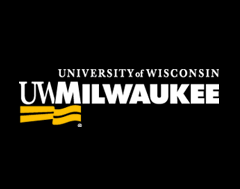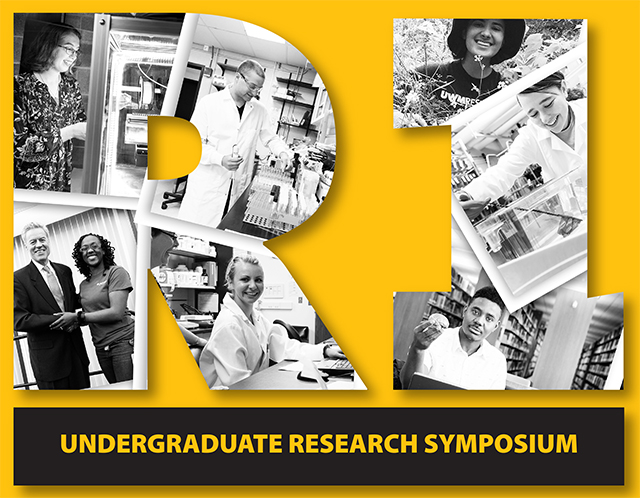Evaluating Novel Porous Materials for Anti-Biofilm Capacity
Mentor 1
Marcia Silva
Location
Union Wisconsin Room
Start Date
28-4-2017 1:30 PM
End Date
28-4-2017 4:00 PM
Description
The formation and persistence of surface-attached microbial communities, known as biofilms, are responsible for 75% of human microbial infections. We are developing a novel method for evaluating biofilm growth on the surface of natural and engineered porous particles using environmental Escherichia coli (E. coli) as a model organism. E. coli was grown on modified mTEC agar from return activated sludge samples collected at Milwaukee Metropolitan Sewerage District. Colonies were then picked and inoculated in Luria-Bertani Broth (LB) and incubated to form a liquid culture. E. coli cultures were then diluted and introduced to natural and engineered porous particles. Images were taken using a Zeiss LSM 710 Confocal microscope and beginning fluorescence intensity values were observed at 0 hours. The porous particles and E. coli mixture were then incubated at 370C and images and fluorescence intensity values were obtained 24 hours later and again one week later. By measuring the fluorescence intensity values of a serial dilution of E. coli, we were able to build a calibration curve between concentrations of bacteria using the standard EPA Method 1603 versus the fluorescence intensity. Over the course of a week, the fluorescence intensity values increased, indicating that natural porous particles sustained biofilm growth. The same procedure was performed with engineered porous particles and the biofilm growth was minimal after 45 hr. Two more novel materials will be tested following similar procedure. It is expected that these novel materials will also exhibit anti-biofilm capacities.
Evaluating Novel Porous Materials for Anti-Biofilm Capacity
Union Wisconsin Room
The formation and persistence of surface-attached microbial communities, known as biofilms, are responsible for 75% of human microbial infections. We are developing a novel method for evaluating biofilm growth on the surface of natural and engineered porous particles using environmental Escherichia coli (E. coli) as a model organism. E. coli was grown on modified mTEC agar from return activated sludge samples collected at Milwaukee Metropolitan Sewerage District. Colonies were then picked and inoculated in Luria-Bertani Broth (LB) and incubated to form a liquid culture. E. coli cultures were then diluted and introduced to natural and engineered porous particles. Images were taken using a Zeiss LSM 710 Confocal microscope and beginning fluorescence intensity values were observed at 0 hours. The porous particles and E. coli mixture were then incubated at 370C and images and fluorescence intensity values were obtained 24 hours later and again one week later. By measuring the fluorescence intensity values of a serial dilution of E. coli, we were able to build a calibration curve between concentrations of bacteria using the standard EPA Method 1603 versus the fluorescence intensity. Over the course of a week, the fluorescence intensity values increased, indicating that natural porous particles sustained biofilm growth. The same procedure was performed with engineered porous particles and the biofilm growth was minimal after 45 hr. Two more novel materials will be tested following similar procedure. It is expected that these novel materials will also exhibit anti-biofilm capacities.



